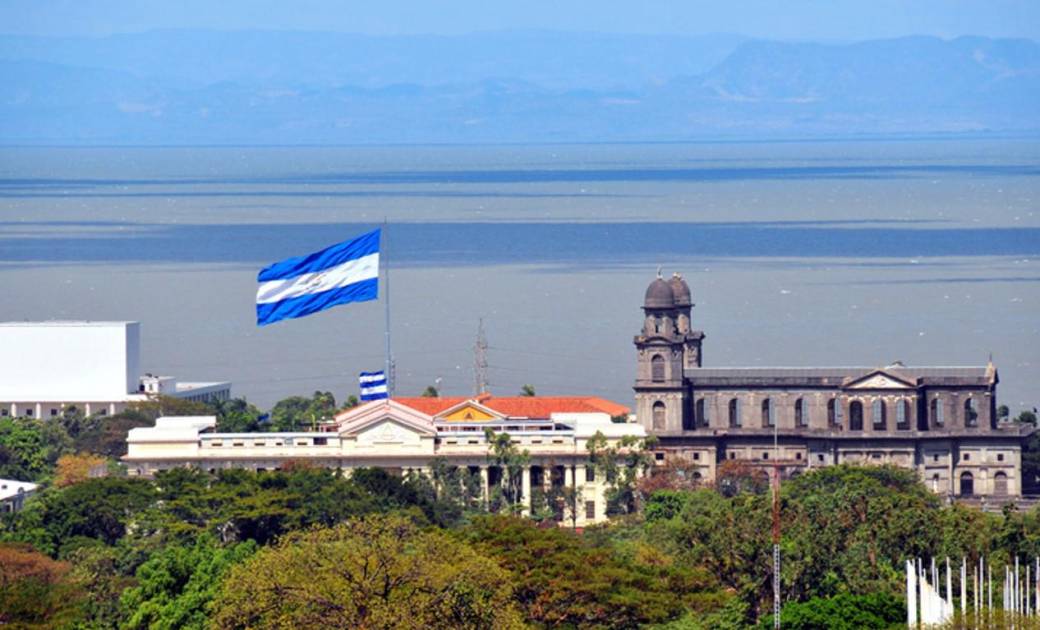The agency notes that the improvement in Nicaragua's ratings reflects a prudent monetary policy that has led to surpluses and the accumulation of fiscal margins.
Written by Leonel Ibarra – Revistaeyn.com
Fitch raised the long-term credit rating of Nicaragua's foreign and local currency issuers to “B” from “B-” with a stable outlook.
The agency notes that the improvement in Nicaragua's ratings reflects a prudent monetary policy that has led to surpluses and the accumulation of fiscal margins. This has put the king in a “stronger position to manage the negative economic consequences of sanctions and broader political tensions.”
“The large current account surplus has enabled a significant accumulation of international reserves, and the fiscal surplus leads to lower debt/GDP and the accumulation of monetary reserves,” Fitch says.
Financial surplus record: Nicaragua's general government surplus rose to 2.8% of GDP in 2023 from 1.0% in 2022, an all-time high. This strong fiscal position reflects significant increases in revenues from tax reforms during the 2019-2022 period, and further improvement in 2023 thanks to tight spending controls and lower costs of fuel subsidies. Fitch expects to achieve a fiscal surplus of 2.0% of GDP in the coming years.
debt reduction; Cash accumulation: The fiscal surplus and external financing have strengthened the sovereign's cash flow position, which it has used to reduce its stock of high-interest domestic bonds and increase its large cash reserves. Public administration debt has been reduced to 44.5% of GDP in 2023 and will remain on a steady downward trajectory. Deposits rose sharply to 13.1% of GDP.
The current account balance turns into a surplus: The current account balance moved from a deficit of 2.5% in 2022 to a surplus of 7.7% of GDP in 2023. This significant improvement reflects a 44% increase in remittances (following another large increase of 49% in 2022) due to migration. Abroad and emigration abroad. Strong FDI inflows into the United States declined somewhat, but remained strong at 6.9 percent of GDP, supporting the combined current account balance + FDI surplus of 14.5 percent, one of the strongest among its peers.
Reserves are at their highest historical levels: The current account surplus and the continuity of external financing allowed the Central Bank (BCN) to continue increasing its international reserve position, which stood at US$5.7 billion as of April 2024, and has more than doubled since the decline during the crisis of 2018-19. BCN also repaid denominated bonds Dollars issued in previous years to build reserves. Currently, reserves cover 80% of broad money and approximately six months of current external payments, which is well above the average of their Class B peers.
Sustainable growth momentum: Nicaragua's economic growth accelerated to 4.6% in 2023, boosting its recovery from the social and political problems of previous years and the pandemic. Private consumption was the main driver of growth, driven by credit expansion and a significant increase in remittances (+45% in 2023). Public investment has declined from high levels, while private investment has been strong but still well below pre-crisis levels.
Moderate inflation rates: Inflation has fallen significantly to 5.4% as of April, after experiencing the biggest shock in Central America in recent years. The Bank of China has maintained its monetary policy at 7.0% since the end of 2022, maintaining a positive spread with respect to the US Federal Reserve, and since 2024, it has reduced the pace of currency depreciation under its creeping peg regime of 0%.
Migration wave: Fitch expects economic growth to return to its normal rate of 3.2% in the medium term. Various private estimates suggest that a large proportion of the population has migrated since 2021 despite the strong economic recovery, suggesting possible political motivations. However, this also meant an increase in inward remittances that largely offset the negative economic impacts. FDI inflows remain high, but with a much higher proportion of reinvested profits than new capital inflows, compared to the past.




:quality(85)/cloudfront-us-east-1.images.arcpublishing.com/infobae/GEWGI2PL4POXPKTWT3AOBJX4LI.jpg)
